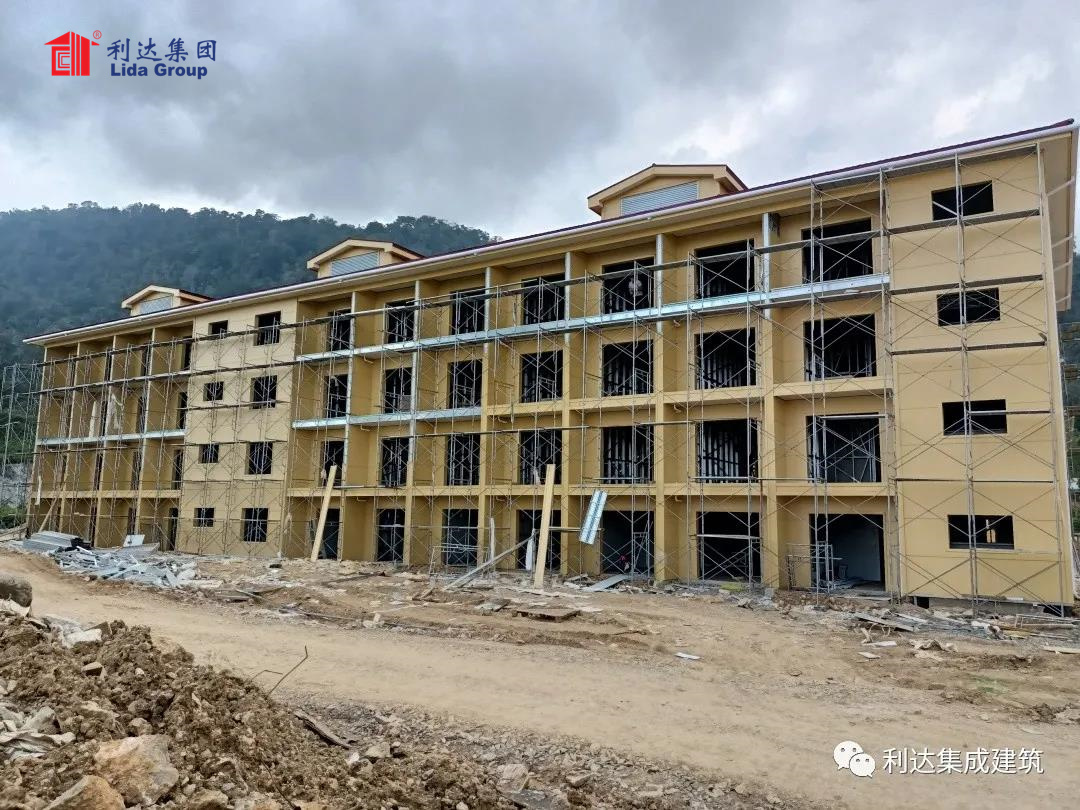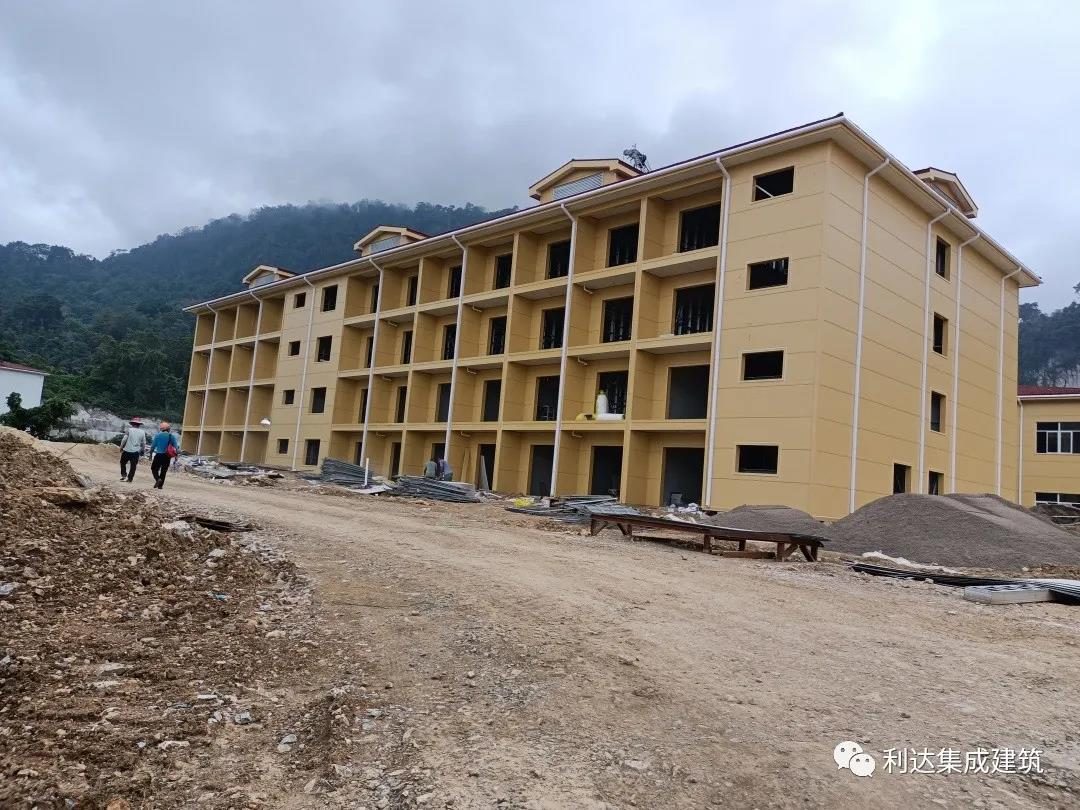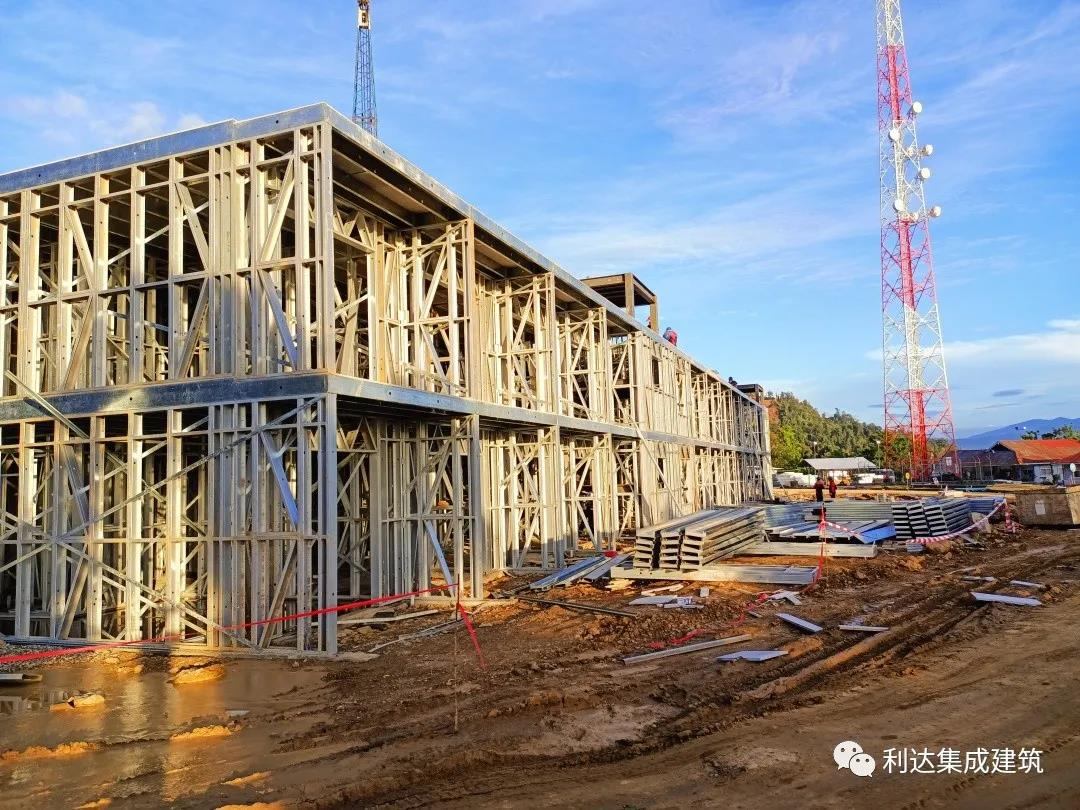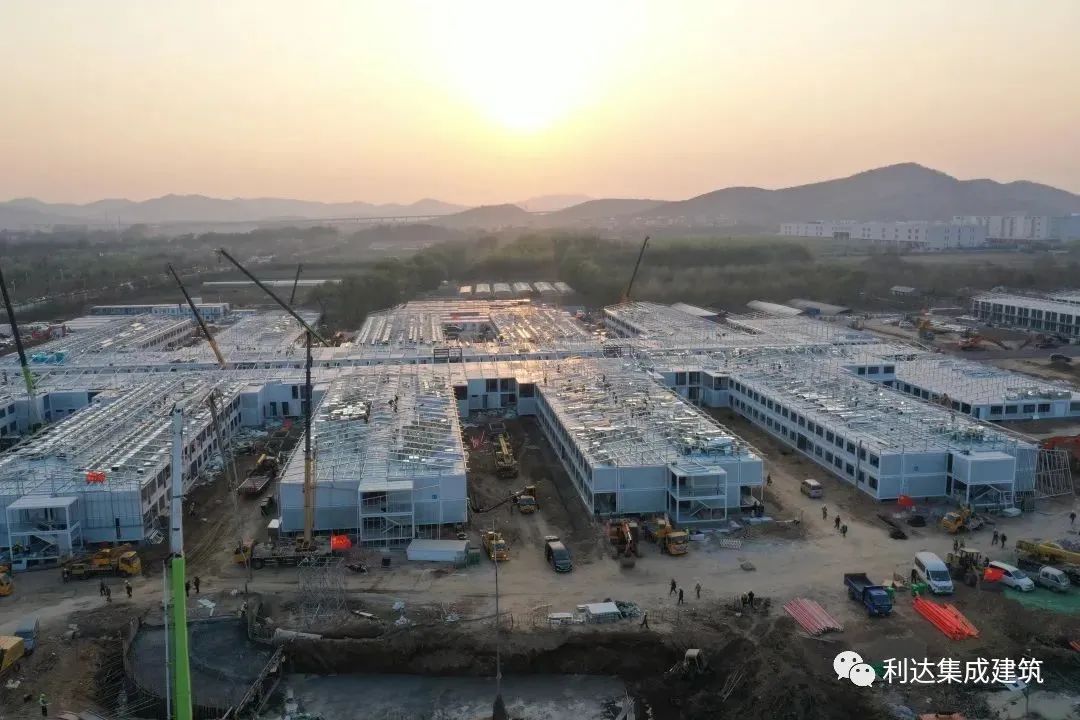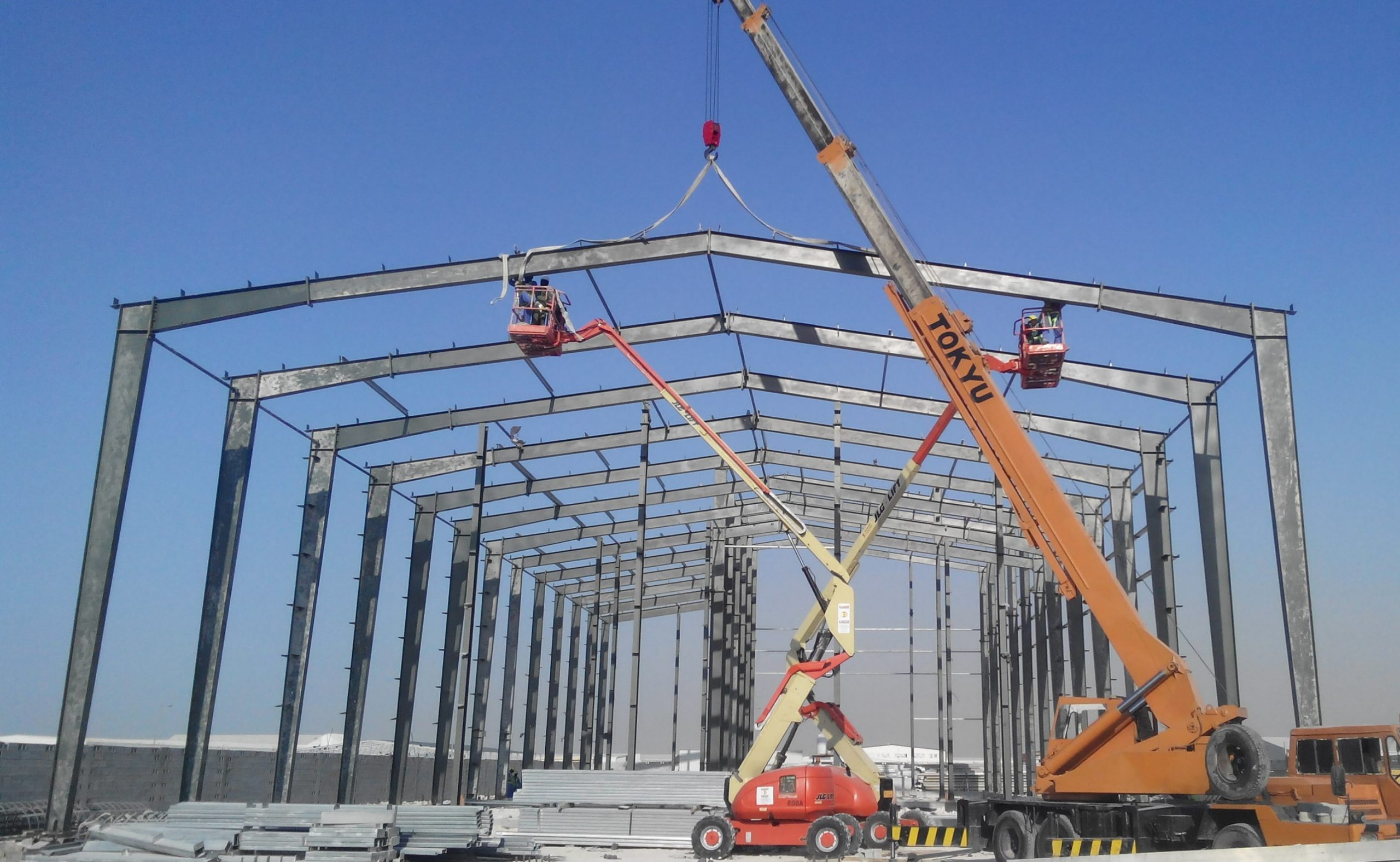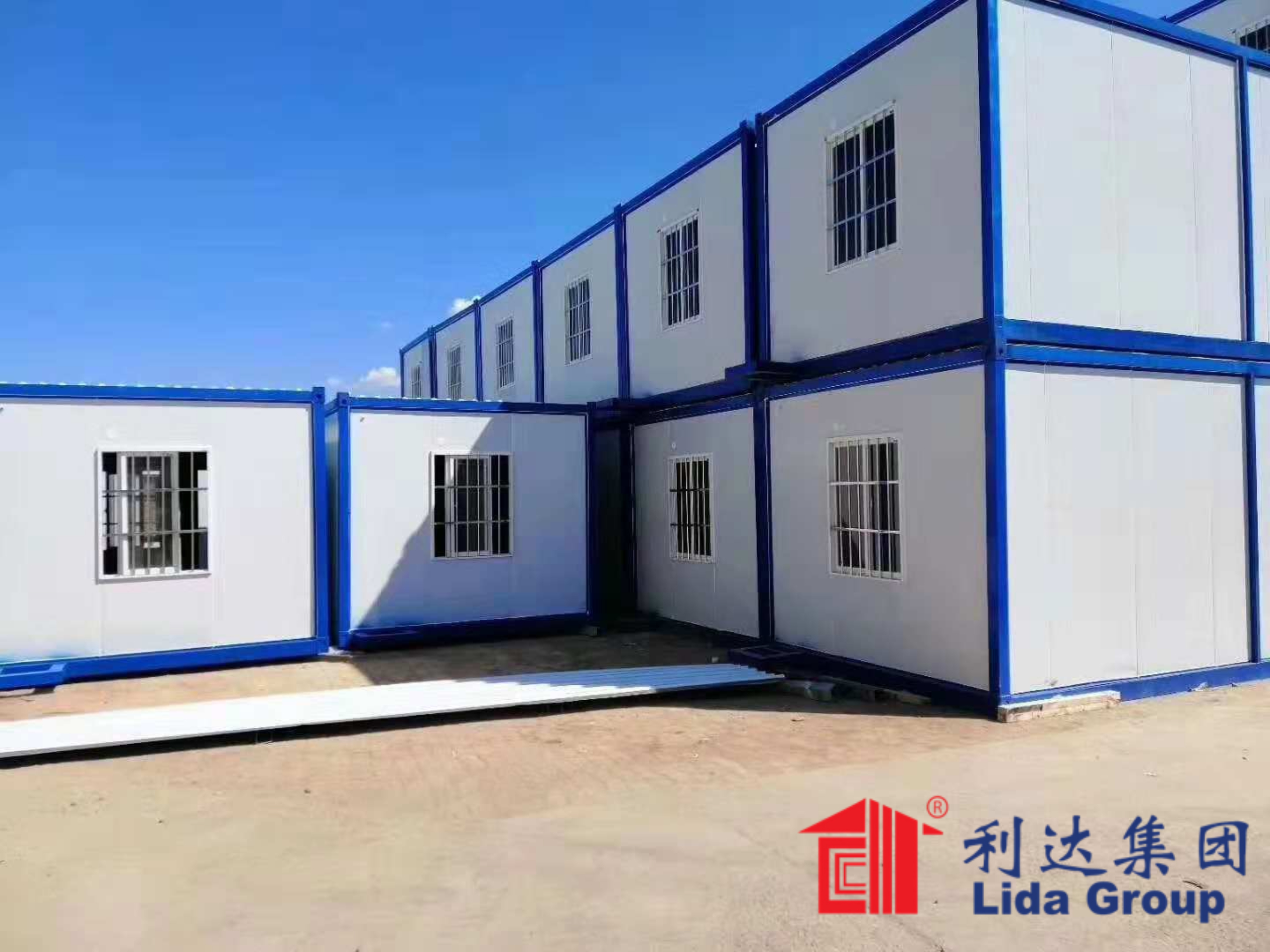PRODUCT INFORMATION
Introduction: Understanding Steel Structure Buildings and Their Growing Popularity
Introduction:
In recent years, steel structure buildings have been gaining immense popularity in the construction industry. With their durability, versatility, and cost-effectiveness, these structures have become a preferred choice for many architects, engineers, and builders. In this section, we will delve into the world of steel structure buildings and explore the reasons behind their growing prominence.
Steel construction offers numerous advantages over traditional building materials such as wood or concrete. The inherent strength of steel allows for greater structural integrity and resilience against various external forces including wind, earthquakes, and extreme weather conditions. This makes steel buildings highly durable and long-lasting.
Furthermore, the versatility of steel enables architects to create innovative designs that were previously limited by other materials. Steel structures can be easily customized to meet specific project requirements, allowing for endless possibilities in terms of shape, size, and architectural aesthetics.
One of the key benefits of steel structures is their cost-effectiveness. Steel is a readily available material that can be manufactured in large quantities at affordable prices. Additionally, its lightweight nature reduces shipping costs and simplifies on-site assembly processes. Moreover, steel buildings require minimal maintenance compared to traditional structures which helps save both time and money in the long run.
As we delve deeper into this section, we will explore various use cases where steel structure buildings have proven to be advantageous in different industries such as commercial construction projects, industrial facilities, warehouses as well as residential applications.
Join us on this journey to understand why steel structure buildings are becoming increasingly popular and how they are revolutionizing the way we build our cities and communities.
1. Durability and Strength: Why Steel is the Preferred Material for Building Construction
When it comes to building construction, durability and strength are two key factors that cannot be compromised. That’s why steel has emerged as the preferred material for constructing buildings. With its exceptional strength and durability, steel frame construction has become a popular choice in the industry.
The strength of steel buildings is unmatched. Steel has a high tensile strength, meaning it can withstand heavy loads and resist deformation under stress. This makes it ideal for constructing large structures such as skyscrapers, bridges, and industrial facilities. Unlike other materials like wood or concrete, steel does not warp or crack over time, ensuring the structural integrity of the building remains intact for years to come.
In addition to its strength, steel is highly durable. It is resistant to environmental factors such as corrosion, moisture, fire, and pests. Steel structures have a longer lifespan compared to traditional materials, reducing maintenance costs and ensuring long-term sustainability.
Moreover, steel offers versatility in design and construction. It can be easily fabricated into various shapes and sizes according to architectural requirements. This flexibility allows architects and engineers to create innovative designs while maintaining structural stability.
In conclusion, the combination of durability and strength makes steel the preferred material for building construction. Its ability to withstand heavy loads, resist deformation under stress, and endure harsh environmental conditions ensures the longevity of structures built with steel frames. With these advantages in mind, it’s no wonder that steel continues to dominate the construction industry as a reliable choice for builders worldwide.
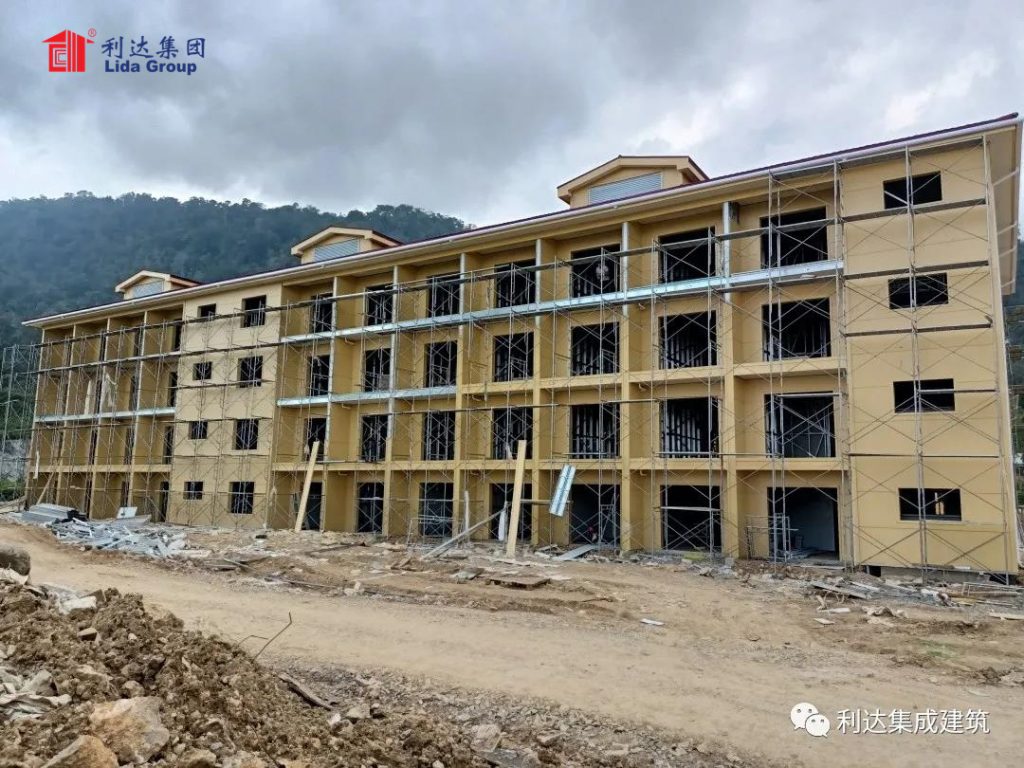
2. Cost-effectiveness: How Steel Structures Save Money in the Long Run
When it comes to construction, cost-effectiveness is a crucial consideration. Steel structures have gained popularity as an economical construction material that offers significant cost savings in the long run.
One of the key advantages of steel buildings is their durability and low maintenance requirements. Unlike traditional construction materials, steel structures are resistant to pests, rot, and decay. This means that they require minimal repairs and replacements over time, resulting in substantial cost savings for building owners.
Additionally, steel structures are known for their strength and longevity. They can withstand extreme weather conditions such as hurricanes, earthquakes, and heavy snow loads. This resilience ensures that the building remains intact for many years without the need for costly structural repairs or reinforcements.
Moreover, steel buildings are highly customizable and can be easily modified or expanded as per changing needs. This flexibility eliminates the need for costly demolition or reconstruction when future expansions or modifications are required.
Investing in a steel structure is not just a short-term solution; it is a long-term investment that pays off over time. The initial cost of constructing a steel building may be slightly higher than traditional materials; however, the long-term savings on maintenance and repairs make it a financially wise choice.
In conclusion, choosing steel structures offers numerous benefits in terms of cost-effectiveness. From reduced maintenance expenses to long-lasting durability and flexibility for future modifications, investing in steel proves to be a smart financial decision for any construction project.
3. Flexibility in Design: The Versatile Nature of Steel Structures
Steel structures offer unparalleled flexibility in design, making them a popular choice for architects and builders. The versatile nature of steel allows for endless possibilities in creating customizable structures with steel frames.
One of the key advantages of steel buildings is the flexibility they offer in design options. With steel, architects can push the boundaries of creativity and achieve architectural freedom that may not be possible with other construction materials. The strength and durability of steel frames allow for open floor plans, large spans, and unique shapes that can transform any space into a work of art.
The customizable nature of steel structures enables architects to tailor their designs to meet specific project requirements. Whether it’s a commercial building, industrial facility, or residential complex, steel frames provide the necessary strength while still allowing for customization. This means that architects have the freedom to create structures that are not only functional but also aesthetically pleasing.
Additionally, steel structures can easily adapt to changes or expansions in the future. The modular nature of steel allows for easy modifications without compromising structural integrity. This flexibility ensures that buildings can evolve with changing needs and remain relevant over time.
In conclusion, the versatility offered by steel structures provides architects and builders with limitless design possibilities. From flexible layouts to customizable features, steel frames offer architectural freedom like no other material. Whether it’s an iconic landmark or a functional space, the versatility of steel ensures that every structure stands out while meeting specific requirements.
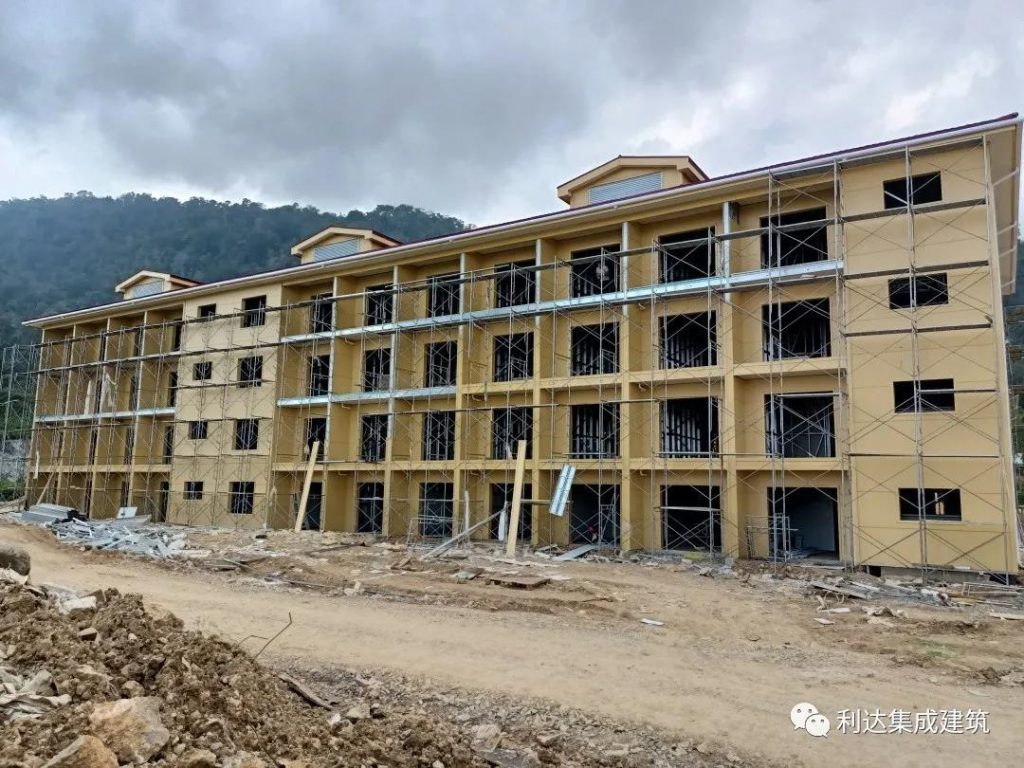
4. Speedy Construction: The Time-efficient Process of Erecting Steel Structures
When it comes to construction, time is of the essence. That’s why the use of steel structures has become increasingly popular in the industry. The fast construction process and quick assembly of steel buildings offer numerous time-saving benefits that cannot be ignored.
One of the key advantages of using steel frames is their speedy construction. Unlike traditional construction methods, which can take months or even years to complete, steel structures can be erected in a fraction of the time. The quick assembly process allows for efficient project management and reduces overall construction timelines.
The time-efficient nature of steel structures is made possible by their prefabricated components. These components are manufactured off-site and then transported to the construction site for assembly. This eliminates many on-site delays and ensures a smooth and streamlined construction process.
In addition to saving time during the actual erection phase, steel buildings also require less maintenance over their lifespan. Their durability and resistance to wear and tear mean that repairs and replacements are minimal, further reducing downtime and maximizing productivity.
Whether it’s for commercial, industrial, or residential purposes, opting for steel structures offers a practical solution for those seeking speedy construction without compromising on quality. With their quick assembly process and time-saving benefits, it’s no wonder that more and more builders are turning to steel as their go-to choice for efficient construction projects.
5. Sustainability and Environmental Benefits: How Steel Structures Contribute to a Greener Future
In today’s world, sustainability and environmental consciousness are at the forefront of many industries, including construction. When it comes to building materials, steel structures have emerged as a key player in contributing to a greener future.
One of the main advantages of steel structures is their sustainable nature. Unlike traditional building materials such as concrete or wood, steel is highly recyclable. In fact, steel is one of the most recycled materials on the planet. This means that when a steel structure reaches the end of its life cycle, it can be easily dismantled and its components reused or recycled.
Furthermore, the production process for steel frames has become increasingly eco-friendly over time. Steel manufacturers have implemented energy-efficient practices and technologies to reduce carbon emissions and minimize environmental impact. This commitment to sustainability ensures that choosing steel as a building material aligns with green building standards.
Steel structures also offer other eco-friendly benefits. They are lightweight compared to other materials, which reduces transportation costs and fuel consumption during construction. Additionally, steel frames can be prefabricated off-site, resulting in less waste generation on-site.
By opting for eco-friendly construction with steel frames, builders and developers are making a conscious choice towards reducing their carbon footprint and promoting sustainable practices. With its recyclable nature and energy-efficient production methods, steel structures play a crucial role in creating a greener future for our planet.
In conclusion, when considering sustainable building materials for construction projects, it is clear that steel structures offer numerous environmental benefits. From being highly recyclable to minimizing waste generation during construction, choosing steel contributes significantly to reducing our impact on the environment while creating durable and aesthetically pleasing structures that stand the test of time.
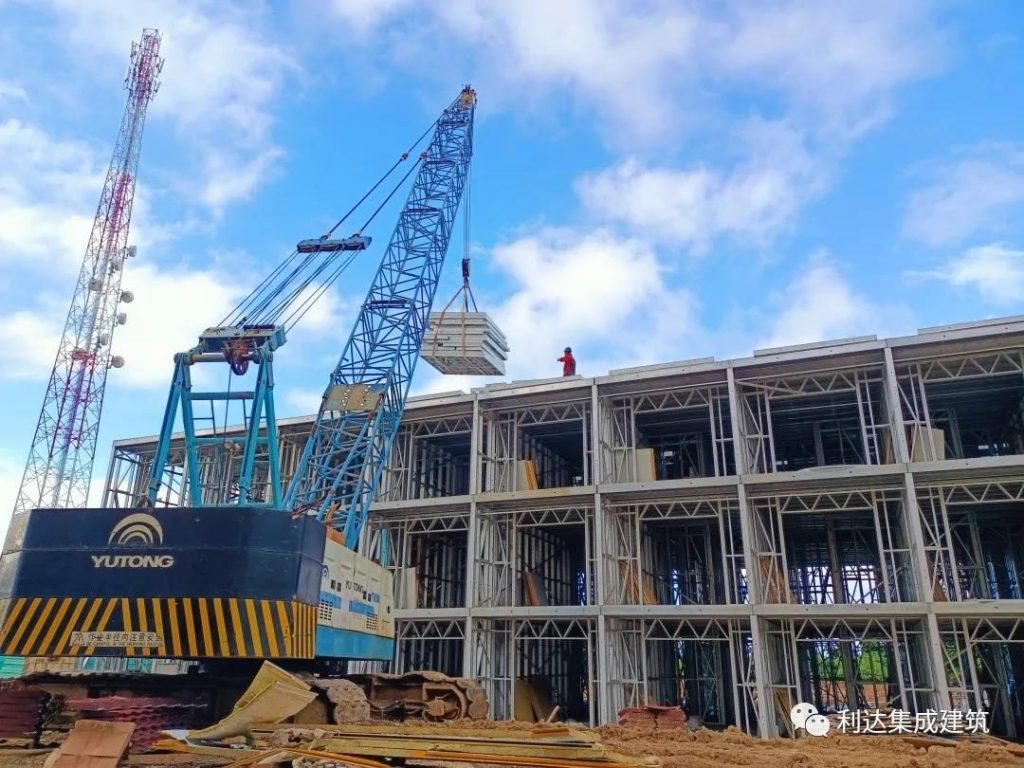
Conclusion: Embracing the Strength and Efficiency of Steel Structure Buildings for a Better Tomorrow
In conclusion, embracing the strength and efficiency of steel structure buildings is crucial for creating a better tomorrow. These buildings offer numerous advantages that contribute to sustainable development and a more resilient future.
Steel structure buildings are known for their exceptional strength and durability, making them highly resistant to natural disasters such as earthquakes, hurricanes, and fires. By choosing steel over traditional construction materials, we can ensure the safety of occupants and minimize the risk of structural damage.
Moreover, steel is a highly sustainable material that can be recycled indefinitely without losing its quality. This reduces the demand for new raw materials and minimizes waste generation. By opting for steel structure buildings, we can significantly reduce our carbon footprint and contribute to a greener environment.
Additionally, steel structures are incredibly versatile in design and can be customized to meet various architectural requirements. This flexibility allows architects and designers to create innovative spaces that cater to evolving needs while maintaining structural integrity.
Furthermore, steel structures offer faster construction times compared to traditional building methods. The efficient fabrication process enables quicker assembly on-site, leading to reduced labor costs and shorter project timelines. This not only saves time but also ensures minimal disruption in urban areas where construction activities may cause inconvenience.
By embracing the strength and efficiency of steel structure buildings, we pave the way for a better tomorrow characterized by safety, sustainability, innovation, and economic benefits. Let us embrace this technology-driven solution as we strive towards creating a built environment that meets our present needs without compromising the ability of future generations to meet theirs.

Typical drawings of Lida The Benefits and Advantages of Steel Structure Buildings: A Comprehensive Guide
Specification of Lida The Benefits and Advantages of Steel Structure Buildings: A Comprehensive Guide
Send Your Message
Our team will use our experience to provide the professional services .


